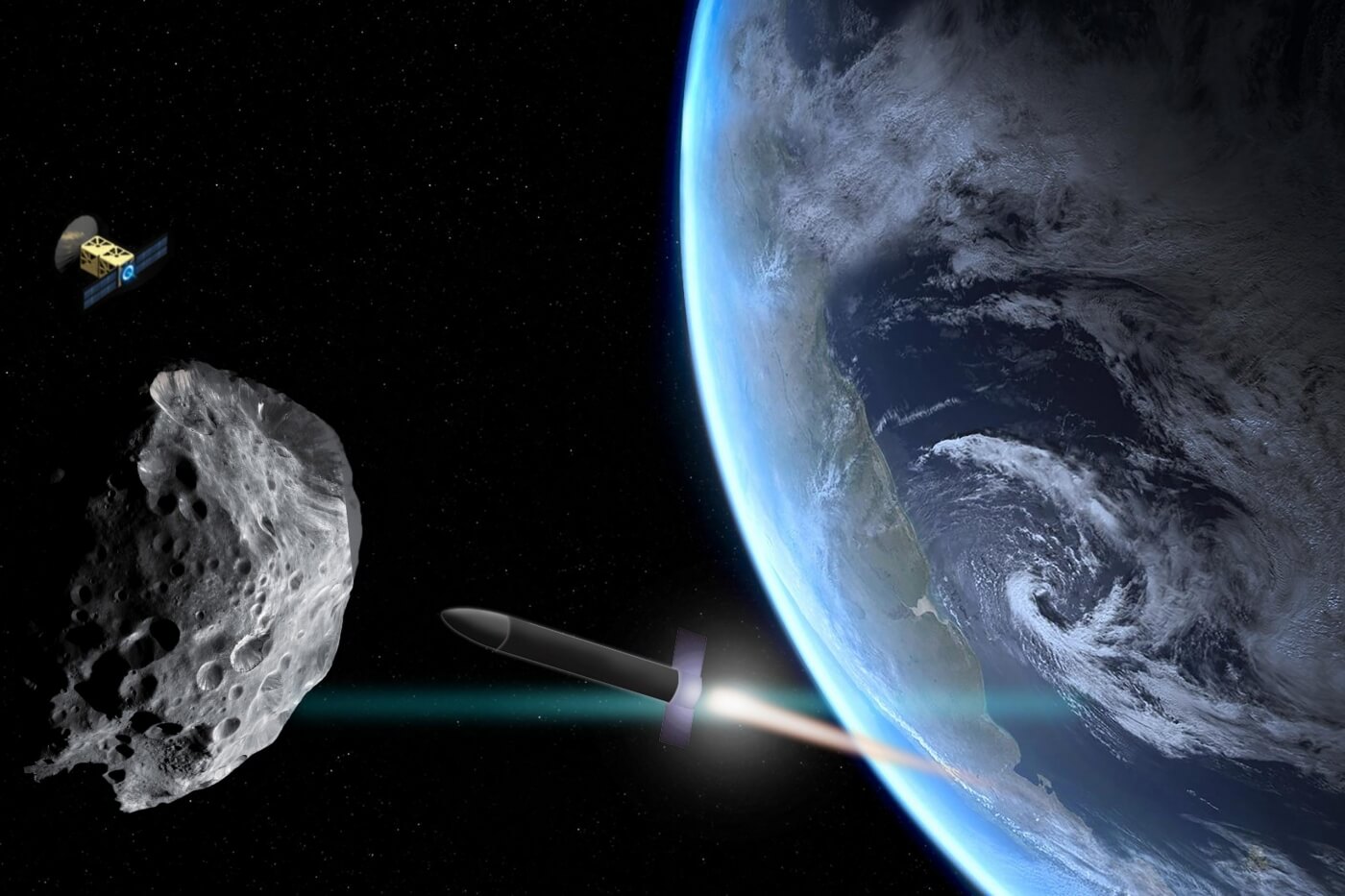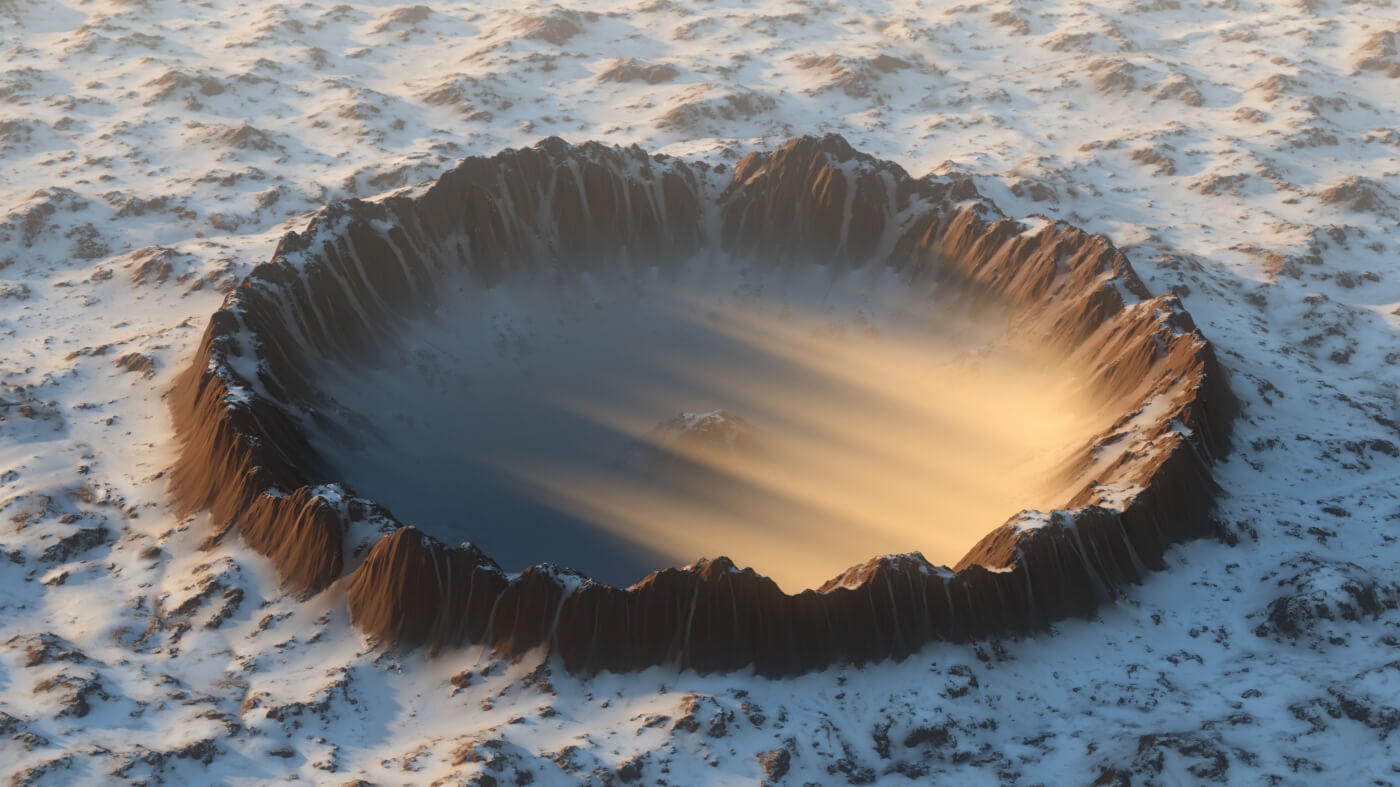Why it matters: Barring self-inflicted catastrophes like nuclear war or irreversible climate change, the biggest threat to humanity is likely to come from outer space in the form of a rogue asteroid. It’s the type of fodder that makes for a decent blockbuster film but the truth is, it’s a very real concern.

Scientists for decades have theorized how to avoid an impact and now, researchers have gone so far as to lay out a framework to help determine what method of intervention would be best to mitigate a threat.
Their decision method accounts for multiple factors including an asteroid’s mass and momentum, the amount of time scientists would have before an impending collision and its proximity to a gravitational keyhole, among others.

Sung Wook Paek, lead author of a paper appearing in the journal Acta Astronautica this month, said people have mostly considered strategies of last-minute deflection, when an asteroid is heading toward a collision with Earth. “I’m interested in preventing keyhole passage well before Earth impact. It’s like a preemptive strike, with less mess,” the researcher said.
Paek and his team developed a simulation to help determine the best type of defense based on an asteroid’s various properties. The simulation was tested with Apophis and Bennu, asteroids in which researchers already know the locations of their gravitational keyholes, with a variety of variables.
Time seemed to be the major differentiator. For example, with Apophis, if they have at least five years before it will pass through a keyhole, there would be time to send two scouts out – one to measure the asteroid’s dimensions and another to nudge it slightly off track as a test before sending a main impactor to deflect it at a later date. If keyhole passage is set to occur between two and five years out, there may only be time for a single scout. Should the asteroid pass through a keyhole within a year or less, it could be too late to intervene.
Using the simulation tool, Paek and team may be able to set up alternative deflection methods in the future, such as launching projectiles from the Moon or using defunct satellites as kinetic impactors.